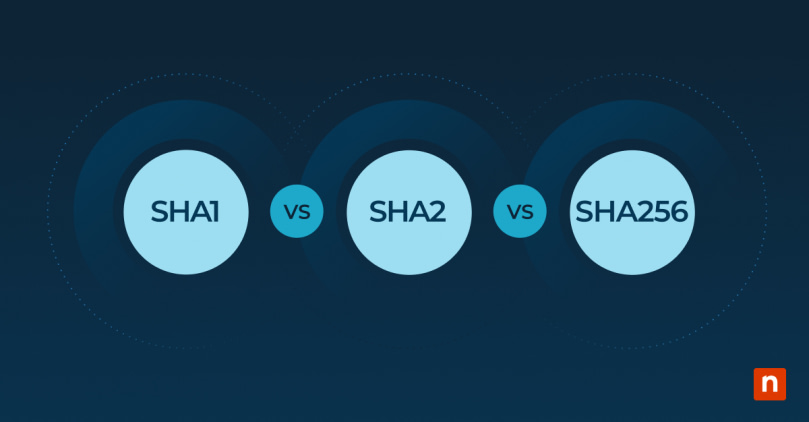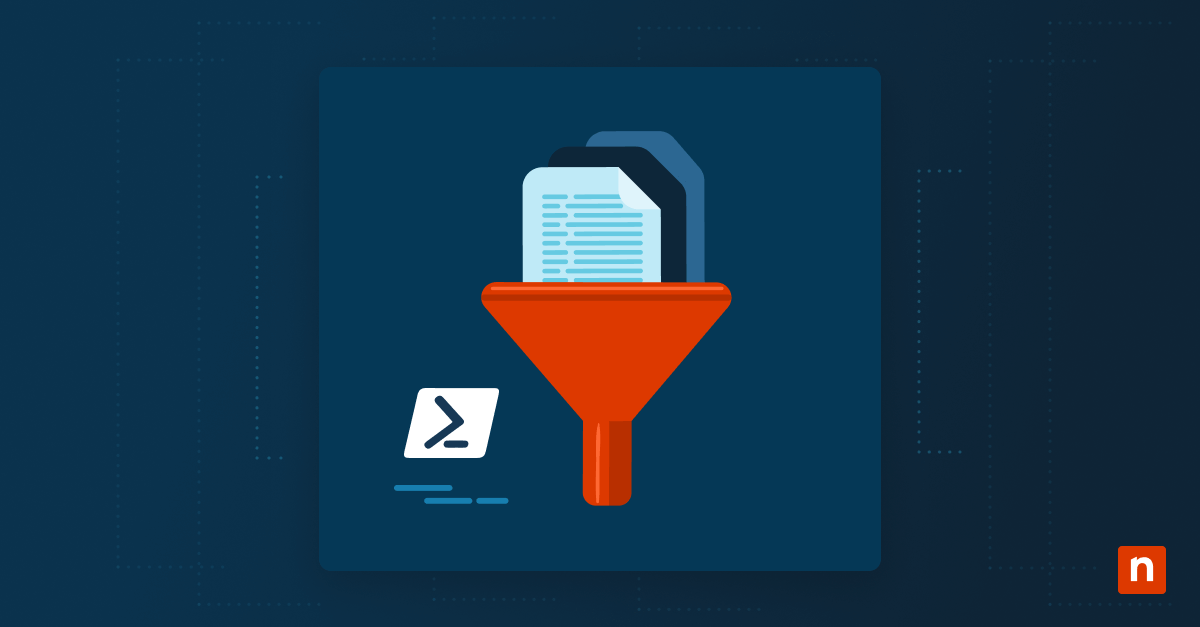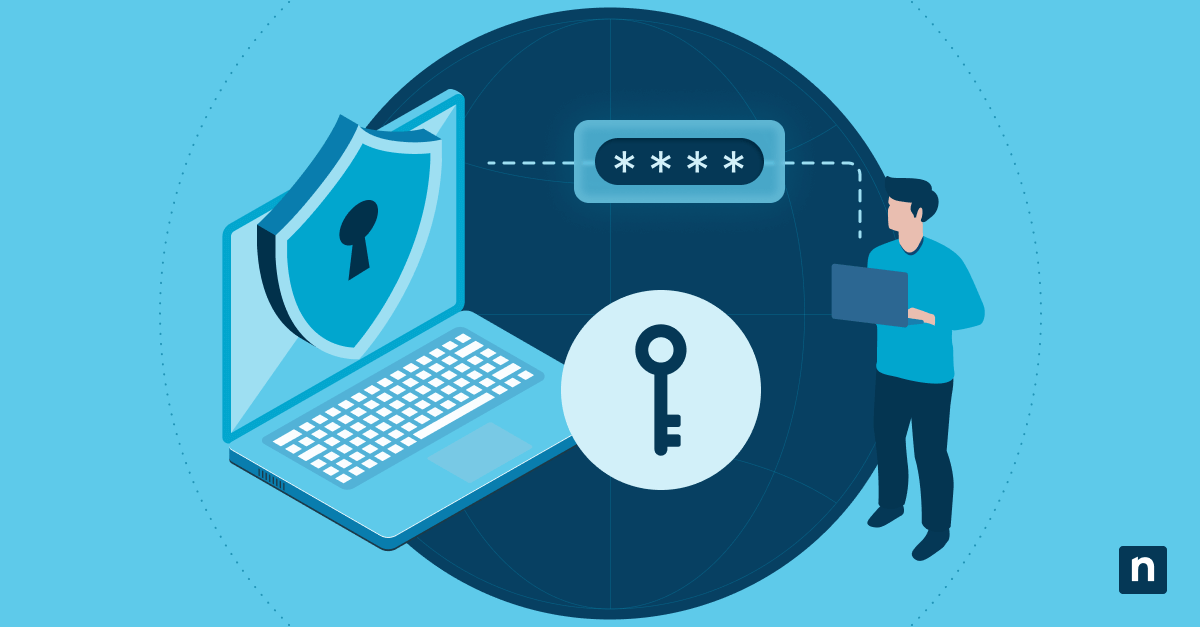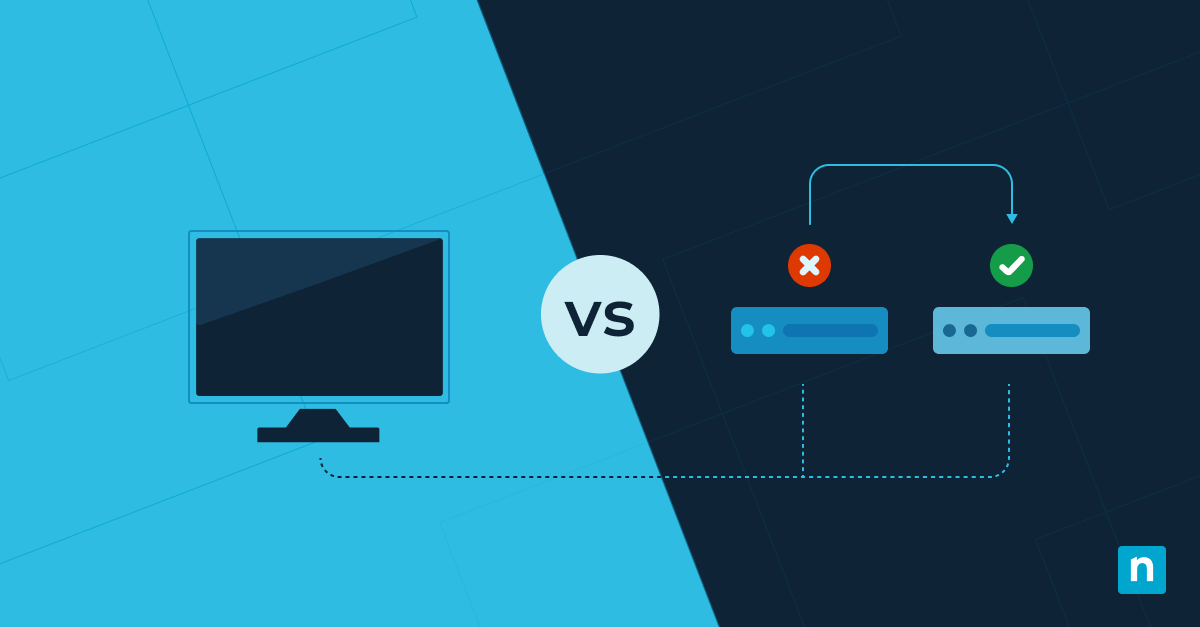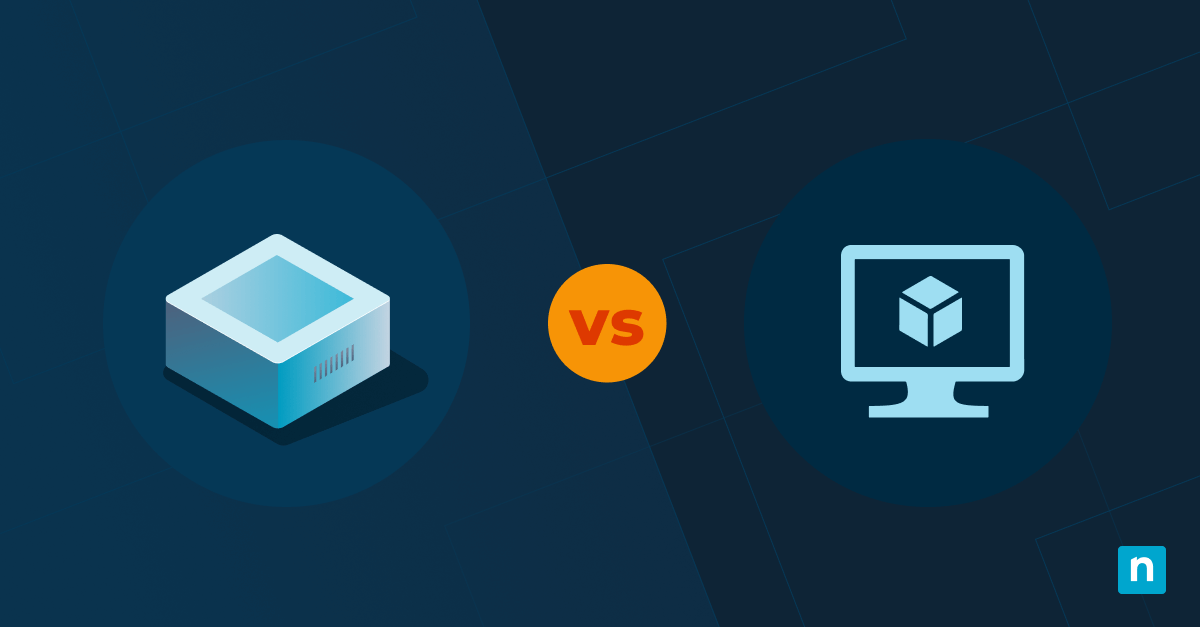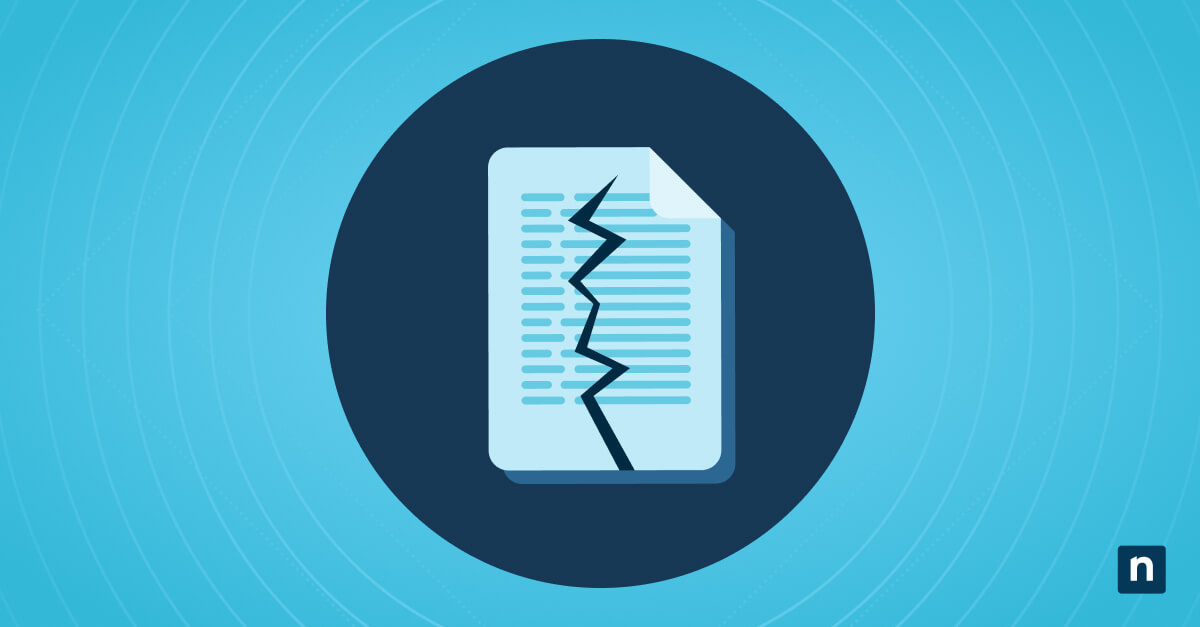Cryptographic hashing algorithm tools ensure data integrity and security. Among these, SHA1, SHA2, and SHA256 are widely recognized and used in various applications. By understanding their differences, strengths, and weaknesses, you can make informed decisions about which algorithm best suits your security needs.
What is SHA1?
SHA1, or Secure Hash Algorithm 1, is a cryptographic hash function created by the United States National Security Agency (NSA) and introduced in 1995. It generates a 160-bit hash value from any input data, which is commonly represented as a 40-character hexadecimal number.
SHA1 offered a straightforward way to verify the integrity and authenticity of data and was initially embraced for securing digital signatures and certificates. However, its vulnerabilities, particularly to collision attacks where two different inputs can produce the same hash value, led to its deprecation in favor of more secure algorithms. Despite its historical importance, the security flaws in SHA1 mean you should no longer use it for most modern applications, pushing you to transition to stronger hash functions.
What is SHA2?
SHA2, or Secure Hash Algorithm 2, was developed by the NSA and released in 2001 as a successor to SHA1. It includes a suite of hash functions such as SHA-224, SHA-256, SHA-384, and SHA-512, each providing different levels of security and hash lengths. SHA2 employs the Merkle-Damgard structure with the Davies-Meyer compression function, enhancing its resistance to cryptographic attacks.
You can benefit from SHA2’s design improvements and increased hash lengths that make it significantly more secure than its predecessor. SHA2’s robustness has led to its widespread adoption in various industries, securing everything from digital certificates to blockchain technology. The algorithm’s versatility and enhanced security make it a cornerstone of your modern cryptographic practices, ensuring data integrity and protection across numerous applications.
What is SHA256?
SHA256, a member of the SHA2 family, produces a 256-bit hash value, striking a balance between security and performance. You can use this variant in securing SSL/TLS certificates, blockchain technology and hashing passwords.
The 256-bit length provides a formidable defense against collision and preimage attacks, ensuring that even minor changes in the input result in significantly different hash outputs. This characteristic is essential for maintaining data integrity and security. SHA256’s efficiency and robustness make it a preferred choice for your applications that require high security without compromising performance.
Core differences: SHA1 vs SHA2 and SHA256
To fully appreciate the distinctions between SHA1 vs SHA2 and SHA256, you should explore their algorithmic structures, security levels and industry adoption.
Algorithmic structure and design
SHA1 employs a simpler structure compared to SHA2. It uses a 160-bit hash value and processes data in 512-bit blocks. On the other hand, SHA2’s variants, including SHA256, use more complex algorithms. When you use SHA256, it processes data in 512-bit blocks but produces a 256-bit hash value. The internal structure of SHA256 involves more rounds of processing and intricate bitwise operations, which contribute to its enhanced security compared to SHA1.
Security and vulnerability levels
SHA1 is vulnerable to collision attacks, which undermines its reliability in ensuring data integrity. SHA2 and SHA256 offer a much higher level of security. The increased bit length and complexity of SHA256 make it resistant to collision and preimage attacks and provide you with a more secure hashing solution.
Industry adoption
You can see the practical utility and trust in these algorithms through industry adoption. SHA1 was extensively used until vulnerabilities became apparent. Now, many organizations and industries have shifted to SHA2 and its variants, such as SHA256, for their cryptographic needs. SHA256’s adoption in blockchain technology, digital certificates, and various security protocols highlights its importance in contemporary security practices.
Enhancing data security with SHA algorithms
Understanding SHA1 vs SHA2 and SHA256 will help you plan your transition between these algorithms.
Transitioning from SHA1 to SHA2
Transitioning from SHA1 to SHA2 requires meticulous planning and careful execution to avoid potential disruptions and maintain security integrity.
- Conduct a thorough inventory. Start by conducting a thorough inventory of all systems, applications, and processes currently using SHA1. This inventory will help you identify critical areas that need updating. Once identified, you can prioritize these areas based on their importance and the potential risk they pose if left unsecured.
- Update systems to SHA2. Next, update these systems to use SHA256 or another suitable SHA2 variant. This process may involve updating or replacing software, reissuing digital certificates, and modifying system configurations to ensure compatibility with SHA2. You should test each update rigorously to confirm that the transition does not introduce new vulnerabilities or performance issues.
- Conduct regular audits. Conduct regular audits throughout the transition phase to monitor progress and detect any anomalies. Be sure to engage with vendors and third-party service providers as they may need to support SHA2 in their products and services.
- Document changes. During the transition, document all changes made, including the rationale for each update and the expected impact. This documentation will be invaluable for troubleshooting and future reference.
- Structured approach and continuous monitoring. Finally, follow a structured approach and ensure continuous monitoring and validation so you can successfully transition from SHA1 to SHA2. This will help maintain security integrity and avoid potential disruptions.
Implementing SHA256 for robust encryption
Implementing SHA256 is a strategic move to bolster your encryption practices and enhance data security against several types of cryptographic attacks.
- Integrate SHA256 into cryptographic processes. To effectively implement SHA256, you should begin by integrating it into all cryptographic processes within your organization, including digital signatures, data integrity checks, and secure password hashing.
- Review existing encryption practices. Consider performing a comprehensive review of your existing encryption practices to identify areas where SHA256 can be integrated or where legacy algorithms like SHA1 are still in use. This review should include an assessment of software applications, communication protocols, and data storage methods.
- Assess software, protocols, and storage methods. Evaluate software applications, communication protocols, and data storage methods for opportunities to replace outdated hashing functions with SHA256. This step ensures that all critical components are updated to utilize the more secure SHA256 algorithm.
- Replace outdated hashing functions. By replacing outdated hashing functions with SHA256, you can significantly improve the overall security posture of your organization. This step ensures that all parts of your system benefit from the enhanced security features of SHA256.
Future trends in cryptographic hashing algorithms
Emerging trends in cryptographic hashing algorithms focus on enhancing security and efficiency to counter evolving threats. Keeping an eye on these advancements and adapting your security practices accordingly will help ensure your data remains protected against emerging threats. Some key areas to watch include:
Post-quantum cryptography: Aims to create algorithms resistant to the computational power of quantum computers for long-term security.
New hashing algorithms: Researchers are exploring innovative hashing algorithms that offer improved efficiency and higher levels of security.
SHA-3: NIST standardized a new family of secure hash algorithms, offering an alternative to SHA-2 with enhanced cryptographic properties and different structural characteristics based on the Keccak algorithm.
NinjaOne uses a comprehensive approach to security with NinjaOne’s endpoint security tools and RMM solutions that ensure strong IT security stances from the start. These platforms not only provide secure backups and complete visibility into your IT infrastructure but also significantly reduce your risk. Watch a free demo now.

